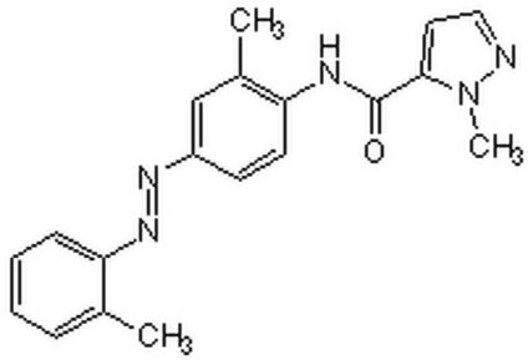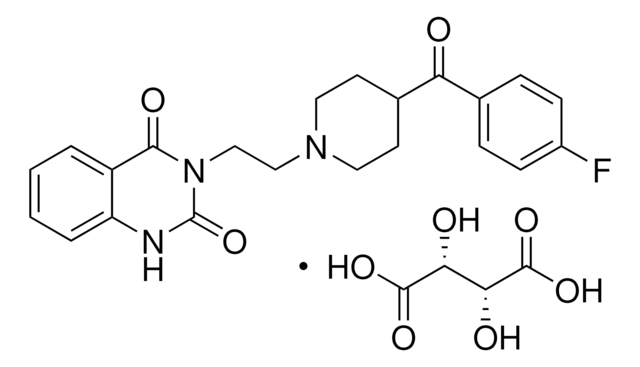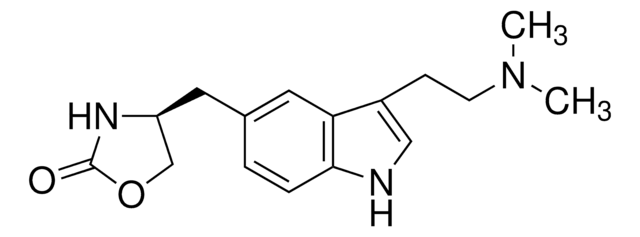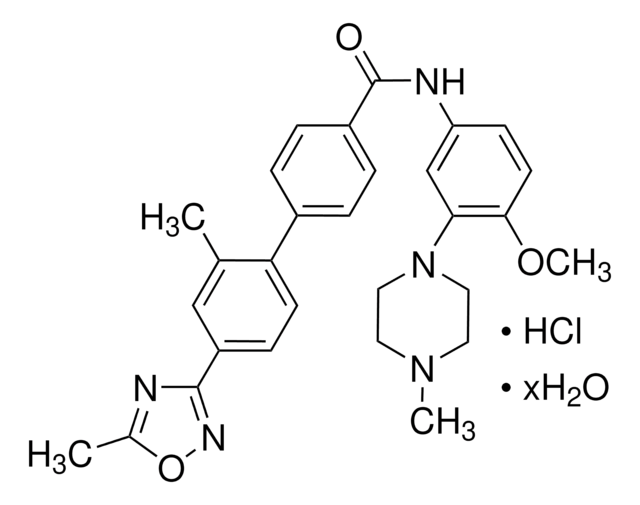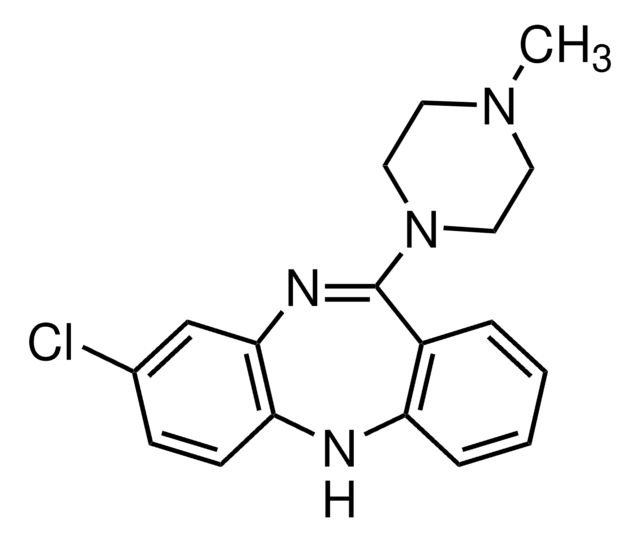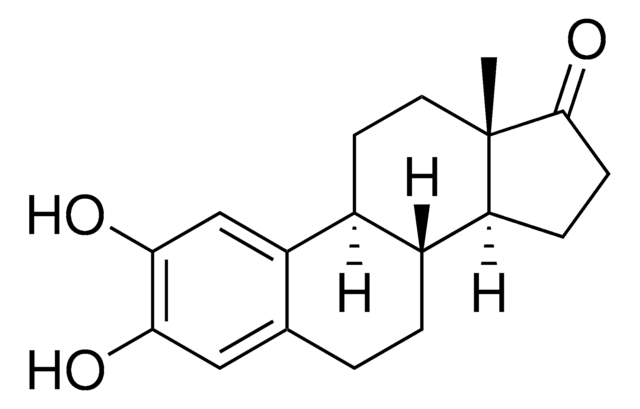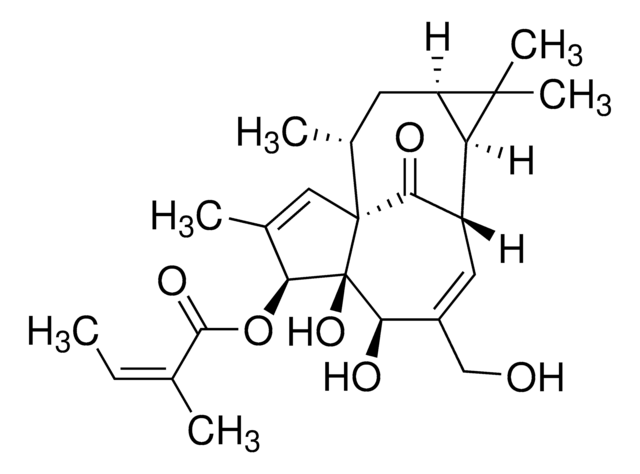Key Documents
G5918
GR 113808
≥98% (HPLC), solid
Synonim(y):
1-[2-[(Methylsulfonyl)-amino]ethyl]-4-piperidinyl]methyl 1-methyl-1H-indole-3-carboxylate
About This Item
Polecane produkty
Próba
≥98% (HPLC)
Postać
solid
kolor
white to light pink
rozpuszczalność
DMSO: >20 mg/mL
inicjator
GlaxoSmithKline
temp. przechowywania
2-8°C
ciąg SMILES
Cn1cc(C(=O)OCC2CCN(CCNS(C)(=O)=O)CC2)c3ccccc13
InChI
1S/C19H27N3O4S/c1-21-13-17(16-5-3-4-6-18(16)21)19(23)26-14-15-7-10-22(11-8-15)12-9-20-27(2,24)25/h3-6,13,15,20H,7-12,14H2,1-2H3
Klucz InChI
MOZPSIXKYJUTKI-UHFFFAOYSA-N
informacje o genach
human ... HTR4(3360)
rat ... Htr3a(79246) , Htr4(25324)
Zastosowanie
Działania biochem./fizjol.
Cechy i korzyści
Informacje prawne
Kod klasy składowania
11 - Combustible Solids
Klasa zagrożenia wodnego (WGK)
WGK 3
Temperatura zapłonu (°F)
Not applicable
Temperatura zapłonu (°C)
Not applicable
Środki ochrony indywidualnej
Eyeshields, Gloves, type N95 (US)
Certyfikaty analizy (CoA)
Poszukaj Certyfikaty analizy (CoA), wpisując numer partii/serii produktów. Numery serii i partii można znaleźć na etykiecie produktu po słowach „seria” lub „partia”.
Masz już ten produkt?
Dokumenty związane z niedawno zakupionymi produktami zostały zamieszczone w Bibliotece dokumentów.
Klienci oglądali również te produkty
Nasz zespół naukowców ma doświadczenie we wszystkich obszarach badań, w tym w naukach przyrodniczych, materiałoznawstwie, syntezie chemicznej, chromatografii, analityce i wielu innych dziedzinach.
Skontaktuj się z zespołem ds. pomocy technicznej